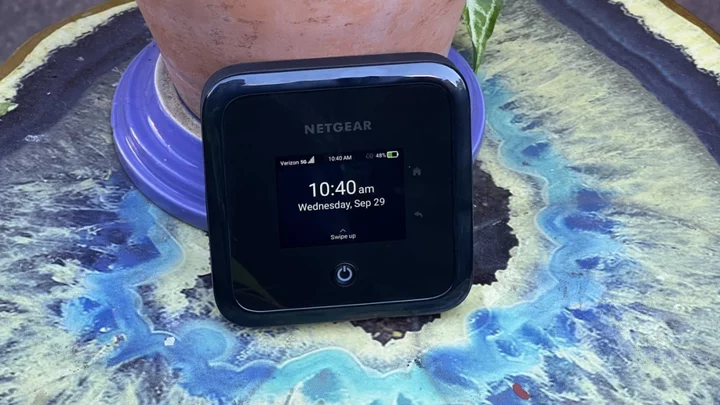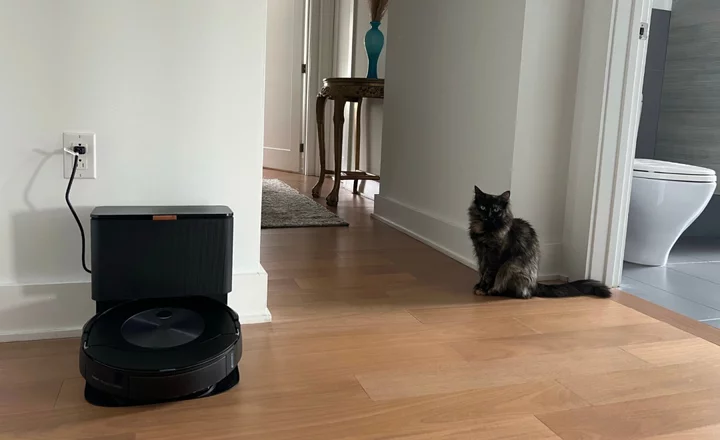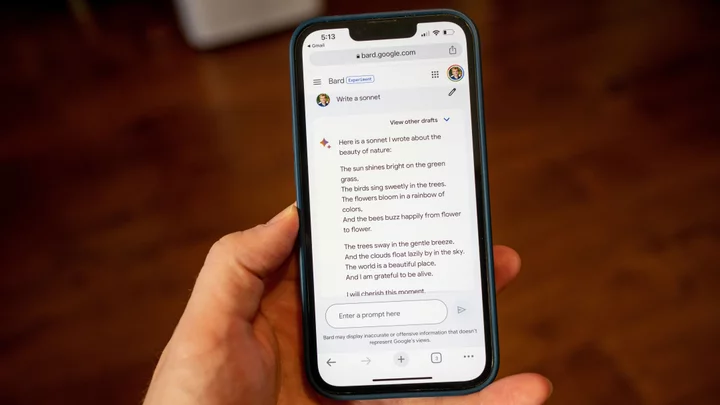Most modern smartphones have a hotspot mode, but cellular modems and Wi-Fi hotspots have historically been your best and most flexible option if you have a lot of devices that need web access when outdoors or in other non-connected areas.
Hotspots can connect more than just laptops to the web. They also work with tablets, cameras, and pretty much any other Wi-Fi-enabled gadgets. They support more devices (10 to 30) at one time than your phone's hotspot mode (5 to 10), don't drain your phone's battery, and can hook up with the better antennas in your phone. Your company might even cover its service plan.
With that in mind, here's what you need to know to pick the right service and hardware, along with the top-rated hotspots we've tested.
The Best Mobile Hotspot Plans
Hotspots are available from all three nationwide carriers and several virtual operators that use the larger carriers' networks.
Along with the three major carriers, you can get hotspots from Boost (AT&T/T-Mobile), Cricket (AT&T), H2O (AT&T), Karma (T-Mobile), Metro (T-Mobile), Net10 (Verizon), and Simple Mobile (T-Mobile), along with other minor players.
Hotspot plans change all the time. On AT&T and Verizon, your best bet is to add a hotspot to your existing carrier's phone plan as a separate line. That gets you the most data for your dollar. If you add a hotspot onto an "unlimited" phone plan, you get up to 50GB of high-speed data with Verizon, up to 50GB of data with AT&T, and up to 40GB with T-Mobile. After that, the carriers deprioritize your data or throttle it unpredictably depending on local network traffic.
Can Hotspots Replace Home Internet?
Hotspot plans aren't designed for primary home use. They cost much more per byte than a home DSL or cable setup.
The median US home broadband subscriber uses more than 397GB of data per month, mostly because of video streaming services such as Hulu and Netflix. All of those Zoom calls for work and school are also likely to eat up a data cap quickly. That said, if your needs don't involve video or music streaming, a wireless hotspot might be a viable alternative for your home.
However, there is such a thing as wireless home internet, and it's different from hotspots. It relies on exterior antennas, and larger, less portable routers that stay in one location. Recent wireless internet plans are more likely to have unlimited data than hotspot plans. AT&T, T-Mobile, and Verizon all sell wireless home internet in various parts of the country, along with a wide range of smaller, local wireless internet service providers (WISPs).
So, who's using hotspots for now? Traditionally, it was just road warriors—business people who needed reliable connections for multiple devices without draining their phones' batteries. Now, food trucks and other outdoor-dwelling small businesses use hotspots to light up their POS systems and get Seamless orders. Vacation home and RV owners might also use hotspots for roaming, part-time homesteads. And folks who can't get the carriers' dedicated wireless internet plans might still find they can fall back on hotspots.
The Best Hotspot Hardware
The three big carriers have been frantically upgrading their networks recently, and in many cases, network capabilities have now outstripped the quality of older hotspots running on them. That means recent phones will get better speeds than older hotspots do.
Quality 5G hotspots such as the Verizon Orbic Speed 5G UW Mobile Hotspot use the Qualcomm X55 modem. The newer Netgear M6 runs the Qualcomm Snapdragon X62. Both are generations behind the latest phones, but they're the best you can get now.
The best 4G hotspots, including the MiFi 8000 and MiFi 8800L, use the Qualcomm X20 or X24 modems. Other hotspots, including everything the virtual carriers sell, use three- or four-year-old modems with lower speeds and worse signal strength than the best new phones.
Many high-quality hotspots have TS9 external antenna ports to help you improve your signal using inexpensive antennas you can purchase online. TS9 is standard, and these antennas cost much less than cellular signal boosters. Unfortunately, 5G hotspots that support millimeter-wave generally don't have external antenna ports.
Ensure your hotspot supports 5GHz Wi-Fi, which is typically faster and less congested than 2.4GHz Wi-Fi. Some hotspots support guest networks and access controls, such as MAC filtering and time-based access controls. Those features are on pretty much all dedicated routers nowadays, but you can't take them for granted on mobile hotspots.
You can use hotspots with big batteries as power banks to charge your phone, or hotspots with microSD card slots as tiny servers to share media over Wi-Fi. That said, we've never found a real use for that media server functionality.
We really like the displays on the front of many current hotspots. They often report the strength of your signal, your hotspot's name, data usage statistics, and the network password on the device.
Should You Tether Your Phone Instead of Using a Hotspot?
If you decide to make the jump, hotspots and cellular modems aren't the only options. Smartphones have a Wi-Fi hotspot mode, and if you have a 5G phone, you might get better performance in that mode than you would with a 4G hotspot. That said, phones support fewer devices at once, have fewer network management features, and can run out of battery quite quickly.
To help narrow your decision, head to our explainer on the tethering vs. dedicated hotspot debate. And check out our tips on how to turn your phone into a Wi-Fi hotspot.
Beware: Overseas Surfing Will Cost You
US hotspots generally allow you to roam in Canada and Mexico, although rates might be high—make sure to check with your carrier in advance to find out.
One of the only good unlocked hotspots with international bands available in the US is the Netgear M6, but it's quite expensive. If you plan to buy a local SIM to take advantage of much lower local data rates, you may want to buy a cheap Android phone abroad and tether from it.









